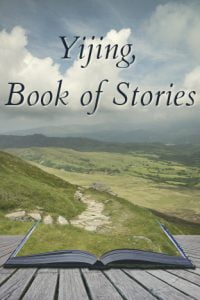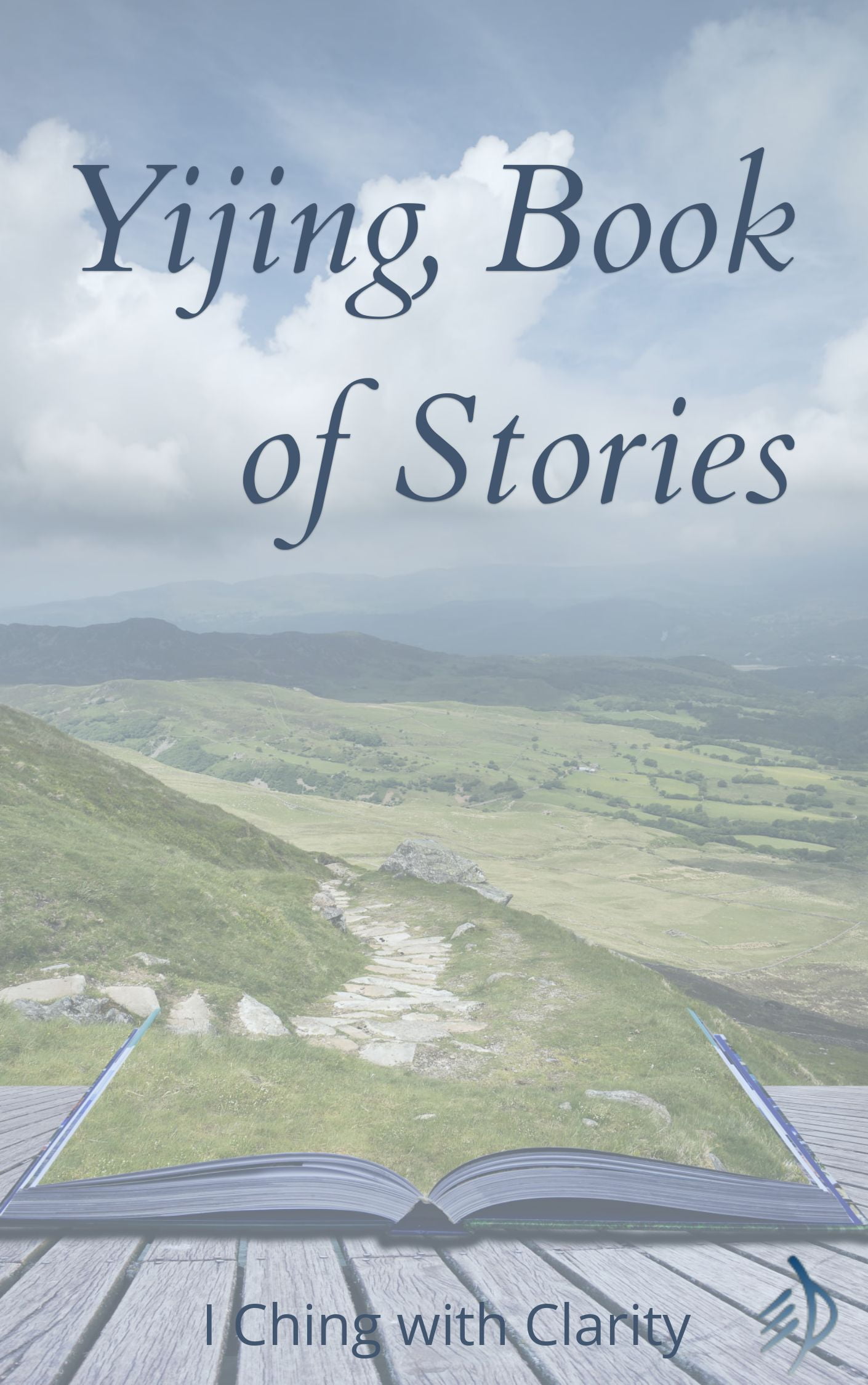 Stories are a big part of how readings work. When we’ve gone round and round the situation a few (dozen) times in our thoughts, and everything is stale and stuck, Yi says, ‘Imagine, it’s as if…’ – and everything changes. How I got here, where ‘here’ is, what paths might be open to me now – it all looks different.
Stories are a big part of how readings work. When we’ve gone round and round the situation a few (dozen) times in our thoughts, and everything is stale and stuck, Yi says, ‘Imagine, it’s as if…’ – and everything changes. How I got here, where ‘here’ is, what paths might be open to me now – it all looks different.
Stories are a richly eloquent way for the oracle to say, ‘You are here’ and reveal a whole landscape that was hidden. And they’re a language we all speak – one we all think in, all the time. We don’t just live our lives, we tell them.
I travelled into London at the weekend, and came home with a story to tell of getting lost on the Underground – my own woeful little travelogue. It has misunderstandings, helpers and guides, toil, suspense (would I still catch my train?), escape (Persephone?)… all packed into 40 singularly ordinary minutes. And the daily routine is no different – an endless stream of roles and sagas and casting questions.
Sometimes the story Yi tells echoes the one we’re telling ourselves; sometimes it twists it just a little; sometimes it blows it sky high.
If I ask about a situation that feels like a burden of responsibility I must carry (so my story’s all about heroic struggle to bear the load), perhaps I’ll receive Hexagram 28 line 4 – bearing up under the weight, conscious of the dangers of too much stress and strain. Or there might be 7.3, or 40.3, each telling a rather different story about carrying a burden. Or I might get 59.1.2 – what if I have the whole story upside-down, and this thing I’m labelling a burden is actually what carries me and keeps me afloat?
Those are all examples of Yi telling tiny stories, little vignettes in a single line.
‘Shouldering a burden while also riding in a carriage
Invites the arrival of bandits.
Constancy, shame.’
A film studio would spin that out to at least twenty minutes, don’t you think? Misunderstanding, incongruity, consequences, reaction… Yi covers the lot in eight words, and we follow along with pages of commentary.
But Yi has so many other ways to tell stories. For instance…
- those little one-line vignettes
- allusions to the culture’s big stories – both history and myth
- the individual steps of the Sequence of Hexagrams (‘Here’s how you reach this place.’)
- the huge narrative arcs of the Sequence – ‘you are here’ on the grand scale
- multiple moving line readings that unfold one line at a time
- the ‘nuclear story’ within each hexagram
- the stories told through the connections between readings
…what have I missed?
 |
Yijing, Book of Stories– an anthology. |








